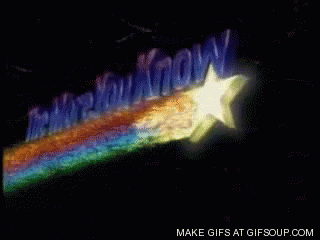http://www.pga.com/node/77953
Here is the article from the PGA discussing the groove changes and reasoning behind it.
The grooves do serve to channel unwanted junk from the point of contact by this logic, the only benefit to grooves would be shots out of the rough more than off the tee or fairway.
Have you ever bought a new wedge and hit some shots around the green comparing it to an old wedge? New wedge will check up where the old one roll out much more because of the wear on the grooves: less bite, less spin.
Sent from my Nexus 6 using Tapatalk
That article explicitly states that there is little to no difference between the old grooves and new grooves from the fairway. If the new grooves cause less spin, what explains this?









